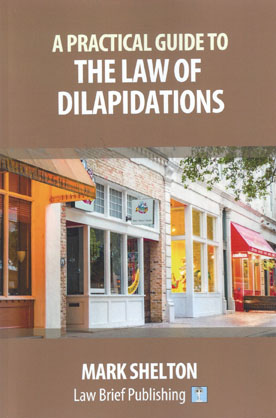
‘Dilapidations’ refers to breaches of lease covenants relating to the condition of a leasehold property and remedies available to landlords in relation to them.
Landlords often have an expectation that at lease-end they will obtain a financial settlement of the dilapidations liability from the departing tenant, but they need to lay the groundwork well. Plus, they need a realistic understanding of how the law requires their loss to be quantified, and limits recovery of damages in certain respects. Tenants, too, can benefit from good preparation for lease expiry, based upon a sound appreciation of the scope of their obligations.
It is not purely a lease-end issue, though, since landlords will very often have the right during the lease to carry out repairs themselves, at the tenant’s expense, upon giving notice. This is a remedy with particular practical implications, and must be carefully considered by both parties. Disrepair may also make life very difficult for a tenant attempting to operate a break option.
A good grounding in the basics of dilapidations law is essential for lease negotiation, as the problems experienced at lease-end have their roots in what was agreed at the beginning of the lease. There are lessons for the due diligence required before a lease commitment is taken on.
This book is a practical guide to the law of dilapidations aimed at general practice solicitors and surveyors.